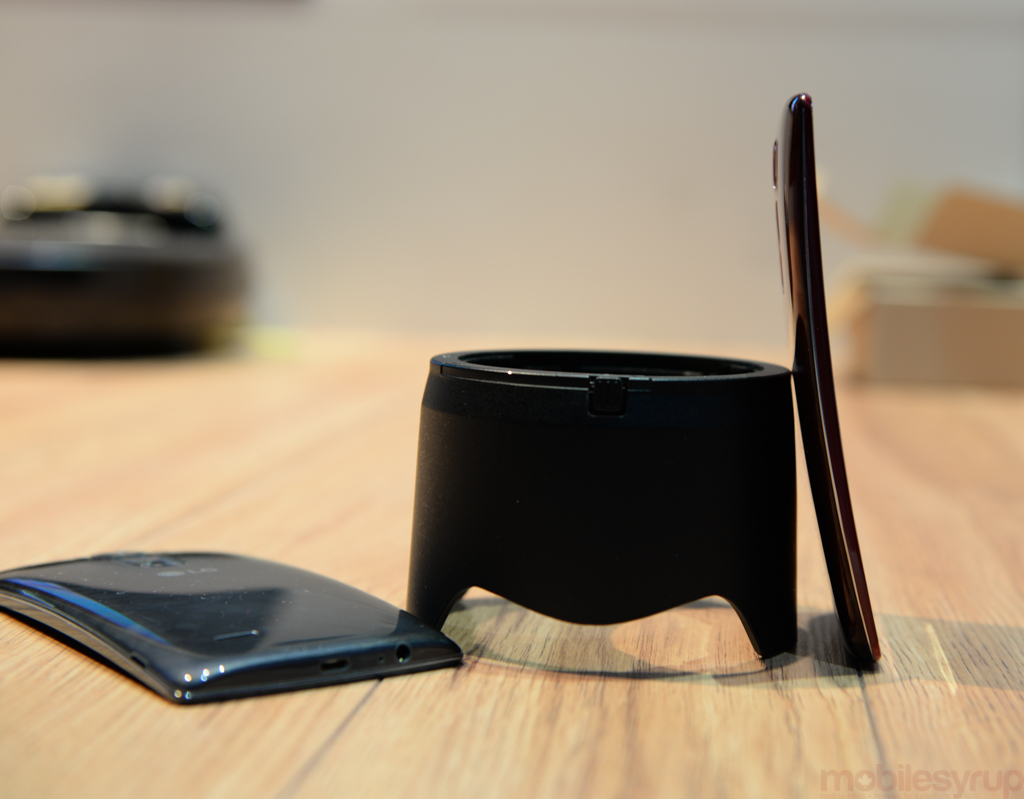
Fewer devices confused and delighted us in 2014 more than the LG G Flex. Curved top to bottom, its elegance was owed to a combination of a flexible Plastic OLED display by LG Display and chemically treated glass by LG Chemical.
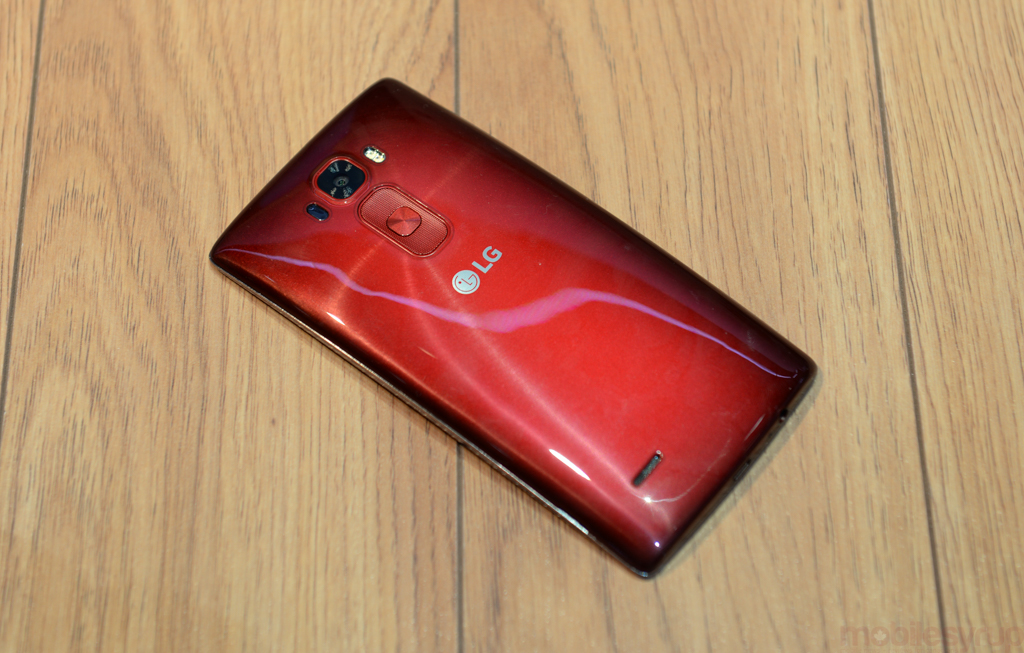
But it was too big and too expensive, lacking the immediate value proposition of larger phablets like the Note 3. We knew, however, that with the one-two announcement of the LG G Flex and Samsung’s Asia-only Galaxy Round, the flexible phone revolution had begun.

The G Flex 2 is considerably more mainstream than it predecessor, the consequence of technology catching up with market need (or vice versa) and a more focused approach to design. The takeaway is this: were it a flat, thin smartphone, the Flex 2 would still be effortlessly desirable.
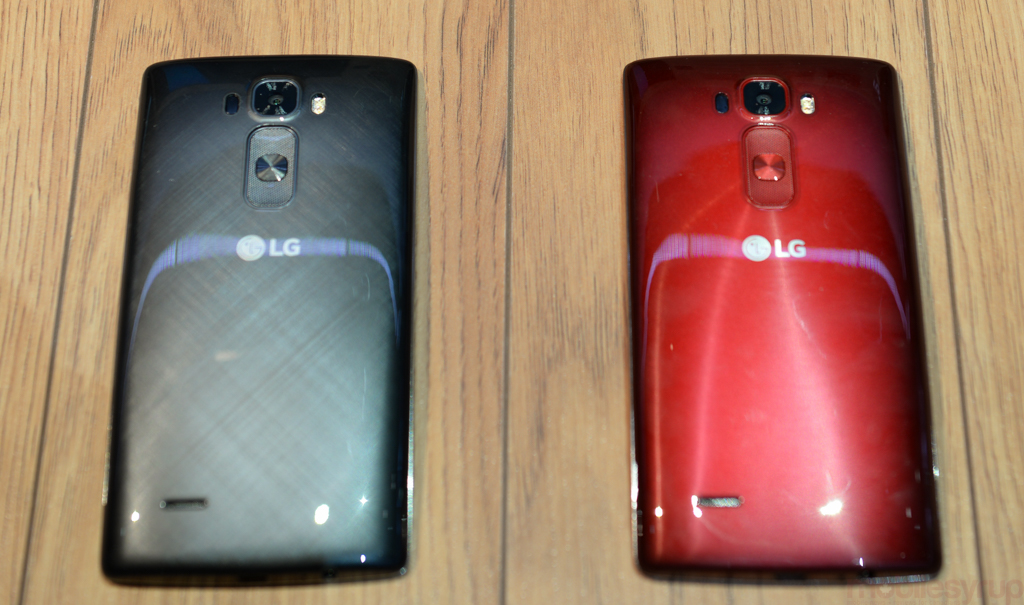
First, the front. A 1080p Plastic OLED panel shares many of the characteristic advantages of Samsung’s Super AMOLED series: vibrant colours, excellent viewing angles, and perfect blacks. The advantage here though is that a plastic substrate can easily bend without losing connection to the mainboard, so LG’s panel is bonded with a digitizer and curved glass screen that can withstand a considerable amount of strain.
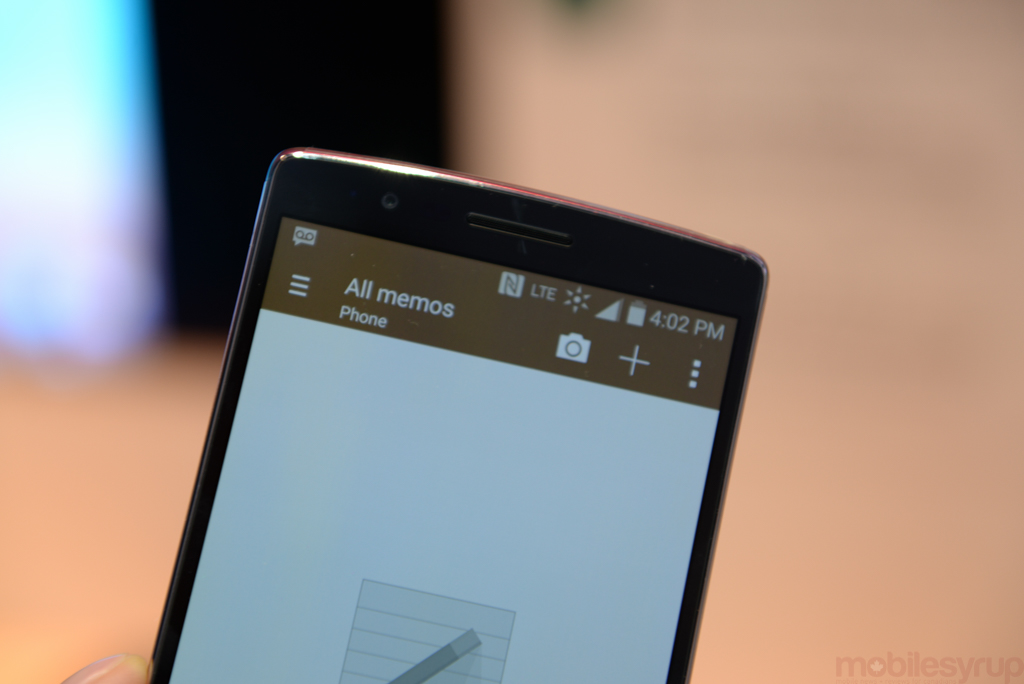
LG wisely chose to go with a 5.5-inch 1080 display over an equivalent QHD LCD model, which disappointed us on the LG G3. The Flex 2’s screen, in my brief time with it, appeared both warmer and brighter than the G3’s, and lacked for nothing despite the lower density. I’ve been long arguing that chasing resolution on smartphone screens has become a fool’s errand.

The subtle curve also hugs a brand new 3,000mAh battery, which is not removable due to its own curvature.
The specs are what you’d expect from a high-end Android device in early 2015, but for one difference: the addition of a brand new Snapdragon 810 chip.
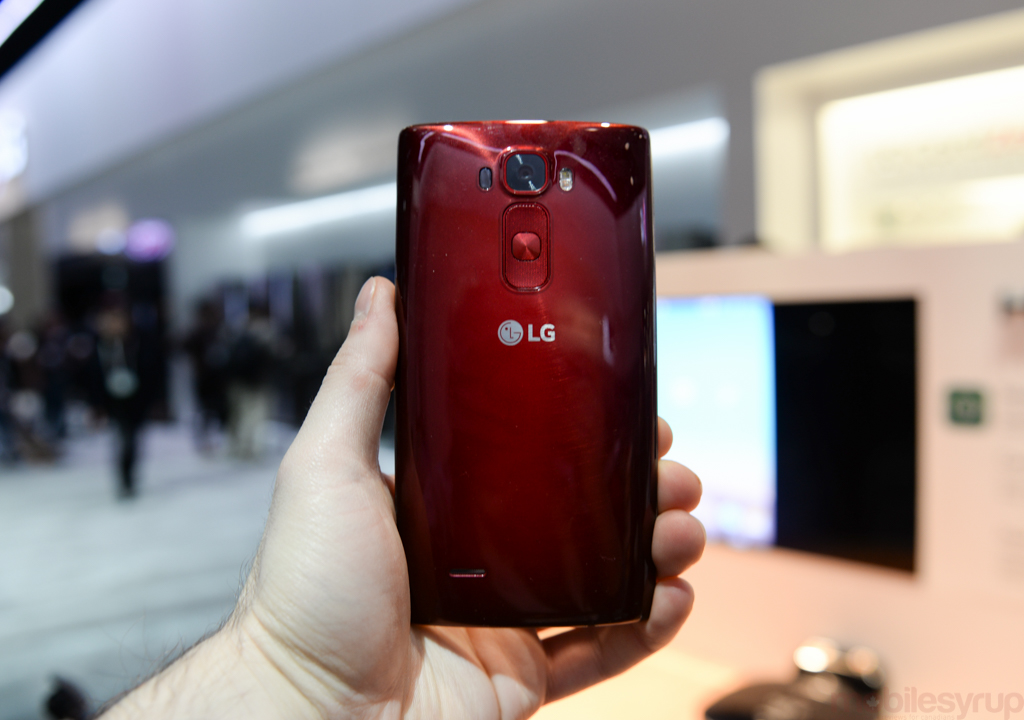
Qualcomm’s Snapdragon 810 chip is an interesting product, as much for what it isn’t as for what it is. It isn’t based on the existing Krait design that has been powering Qualcomm’s chips since 2012 — if you’re running an Android your phone most likely has a Krait chip — but uses a reference 64-bit ARMv8 design.
There are four Cortex-A57 cores running at a maximum speed of 2.0Ghz, with four lower-power Cortex-A53 cores at 1.5Ghz in a big.LITTLE formation. Like many Exynos chips, the idea behind big.LITTLE is to use the power-hungry cores only when necessary.
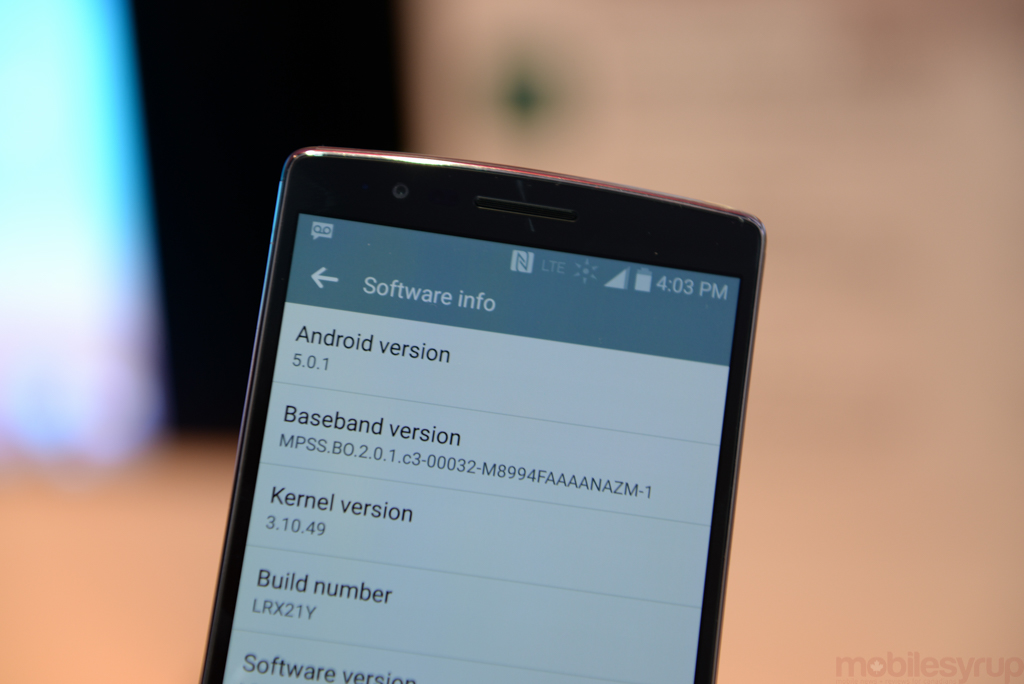
The Snapdragon 810 also sports a new Adreno 430 GPU, a newer, faster image signal processor for better photo-taking, and support for DDR4 RAM, which the G Flex 2 is one of the first to sport, too.
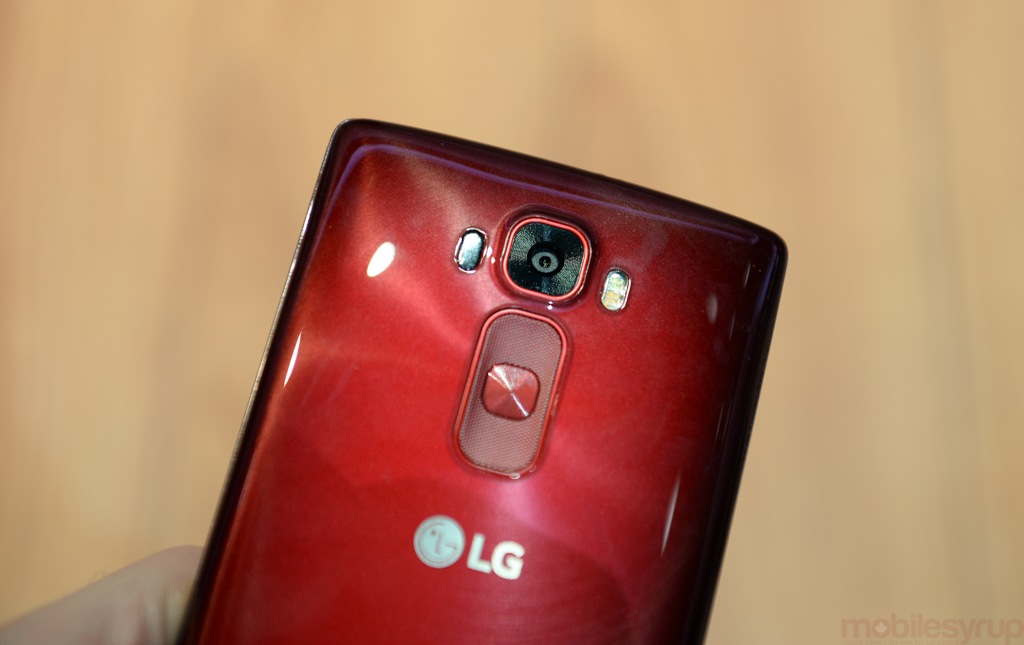
Like the G3, the G Flex 2 has rear-mounted power and volume buttons, an LG trait that doesn’t seem to be going anywhere. The curve does make those buttons easier to press, and reinforces LG’s decision to maintain this once-divisive product strategy.
LG claims that improvements have also been made to the camera, but those appear to be mainly in the software department. The sensor, lens and OIS module appear to be identical to the G3, which is both good and bad: the G3 takes some fantastic photos, and the image stabilization is some of the best around, but the sensor is aging quickly, and low-light performance is not great.
We weren’t able to test it, but the rear cover is not only a flexible plastic but, like last year’s model, has self-healing properties. Of course, scratches won’t disappear completely, but will reduce in intensity over time.
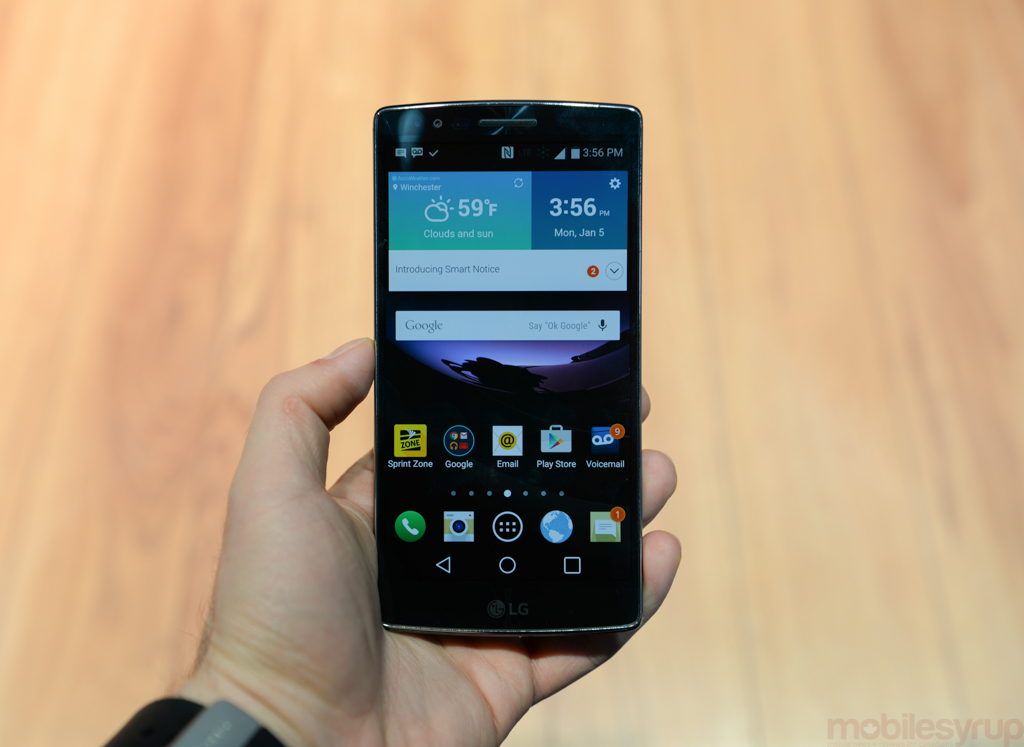
On the software side, LG has considerably smoothed over many of the rough edges found in the G3’s Android build. While much of that is due to the improved screen — no ghosting or over-sharpening happening here — LG’s taken Lollipop to rethink many of its proprietary UI elements.
Gone is the non-sensical multitasking menu from KitKat, replaced with stock Lollipop’s version, and the notification shade has been cleaned up, too. Performance, from our brief testing, was absolutely buttery.
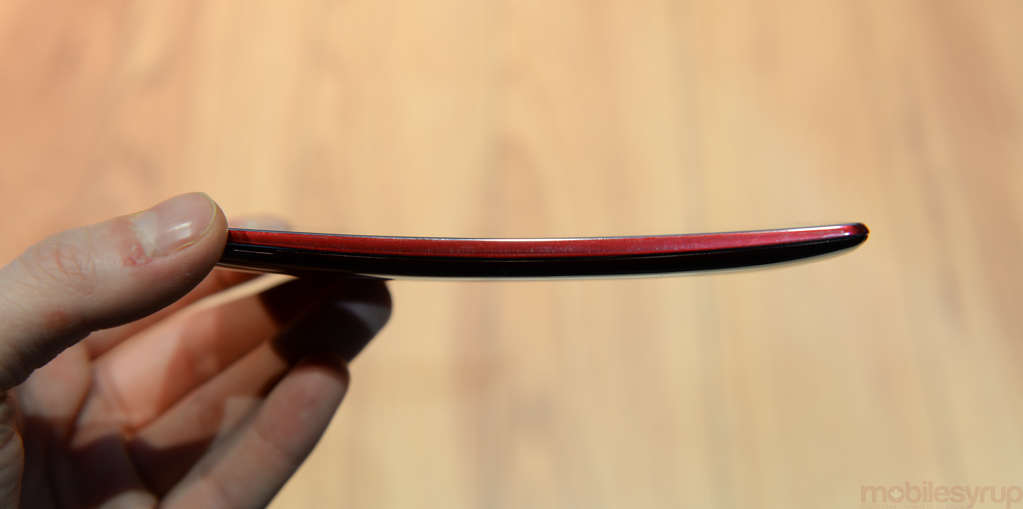
LG’s also done well with its choice of colour, the red variant being a particular favourite among CES-goers. There’s something enjoyable about using a non-garish piece of red electronics, and LG’s found the right balance between aggressive and alluring.
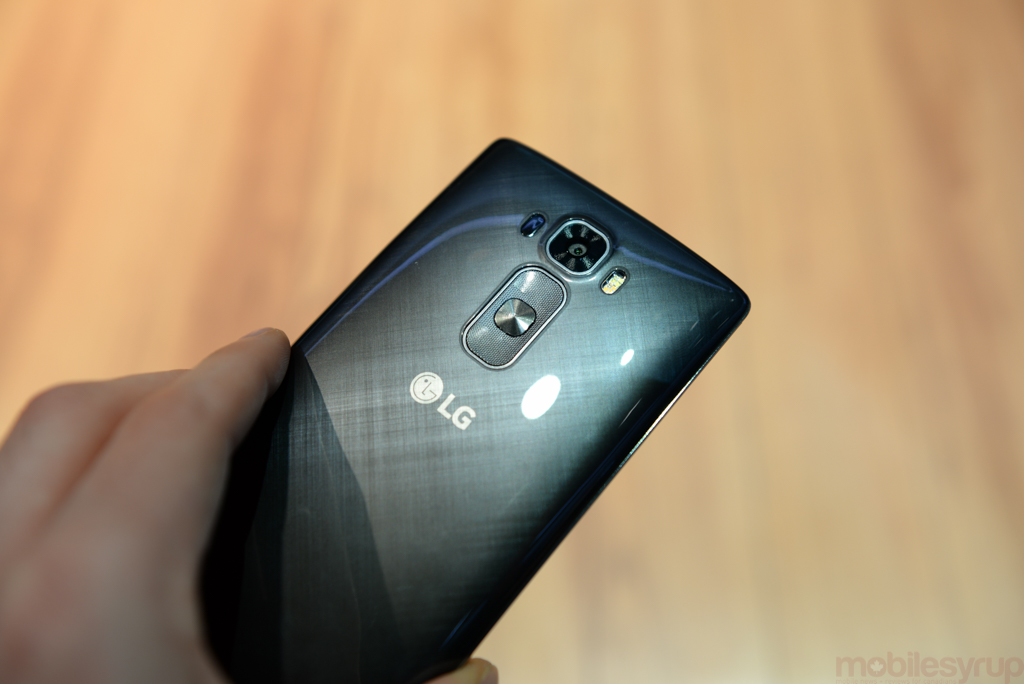
The Korean company won’t officially comment on whether the G Flex 2 is coming to Canada, but I’ve confirmed from more than one LG representatives that there’s a good chance we’ll see it come to at least one carrier in the months to come. It certainly has more mainstream potential than the original.
MobileSyrup may earn a commission from purchases made via our links, which helps fund the journalism we provide free on our website. These links do not influence our editorial content. Support us here.


